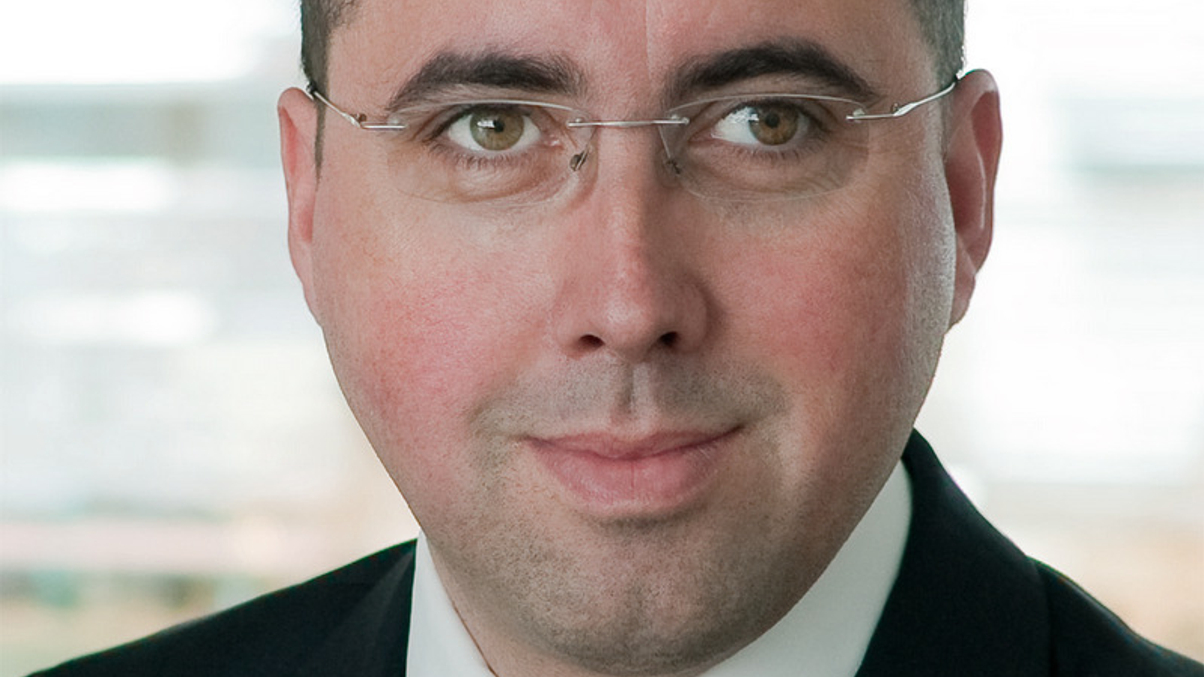Be aggressive, use risk overlay: AllianzGI
Allianz Global Investors' CIO of global solutions says pension funds should boost risk asset exposure using risk overlay techniques if they are to plug liability funding gaps.

Pension managers in Asia need to be more aggressive in taking on risk if they are to plug their funding gaps, says Reinhold Hafner, chief investment officer of the global solutions division at Allianz Global Investors.
Sign in to read on!
Registered users get 2 free articles in 30 days.
Subscribers have full unlimited access to AsianInvestor
Not signed up? New users get 2 free articles per month, plus a 7-day unlimited free trial.
¬ Haymarket Media Limited. All rights reserved.


